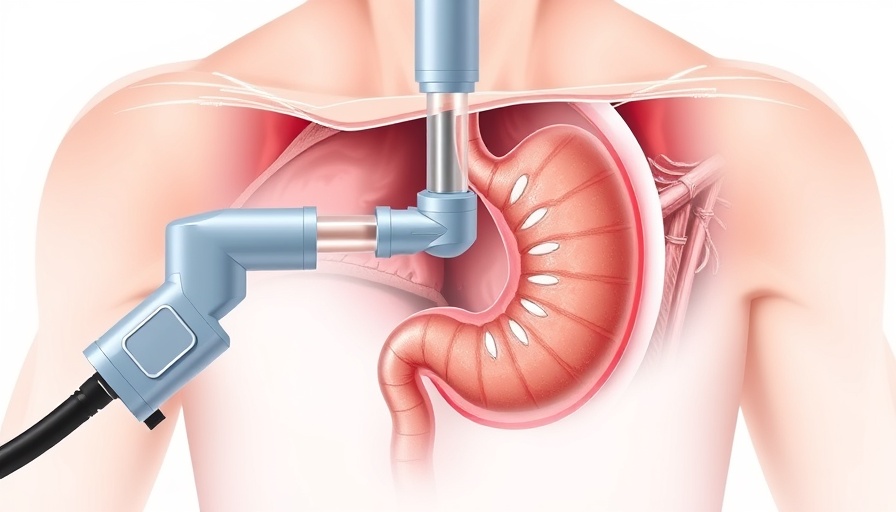
Revolutionizing Patient Safety During Endoscopy
The recent study highlighting the effectiveness of a simple airway device in reducing hypoxemia risk during endoscopic procedures marks a pivotal moment in medical technology. Endoscopy, a crucial diagnostic tool, involves the examination of internal organs using a flexible tube inserted through natural openings. However, procedures can lead to complications ranging from discomfort to severe hypoxemia, a condition where the body or a region of the body is deprived of adequate oxygen supply. The incorporation of innovative devices to mitigate such risks is crucial in enhancing patient safety and outcomes.
The Simple Airway Device: What Is It?
This newly designed airway device significantly enhances ventilation during endoscopy by maintaining an open airway and facilitating easier oxygenation. Its innovative design consists of a flexible tube that adapts to patient anatomy, ensuring that air passage remains unobstructed. As a result, the likelihood of hypoxemia is drastically reduced, representing a leap forward in patient care procedures.
Understanding Hypoxemia: Risks and Implications
Hypoxemia can lead to critical conditions such as organ failure if not addressed promptly. Situationally, during endoscopic procedures, patients may experience fluctuations in their blood oxygen levels due to sedation or compromised ventilation. The integration of the airway device ensures that such risks are minimized, assuring healthcare providers and patients alike of a safer procedural environment.
Expert Insights: The Significance of the Study
Insights from leading pulmonologists and anesthesiologists emphasize that this breakthrough technology not only enhances the safety of endoscopic procedures but also increases procedural efficiency. The study underscores the importance of continuous innovation in medical tools and devices to elevate care standards, reduce complications, and maintain patient trust in healthcare practices.
Future Implications for Endoscopic Procedures
The introduction of this simple airway device has implications beyond just patient safety; it signifies a trend toward patient-centered medical technologies. Future studies may investigate the use of similar devices across various medical fields, potentially reshaping the landscape of procedural healthcare. The FDA’s expedited review processes for novel devices may also encourage rapid integration into clinical practice.
Broader Considerations: Patient Outcomes and Cost Efficiency
By reducing complication rates related to hypoxemia, healthcare facilities may witness not only improved patient outcomes but also significant cost savings. Fewer hospital admissions related to complications from endoscopies would ease the financial burden on healthcare systems. Furthermore, enhanced training and familiarization with such devices can lead to overall better proficiency among healthcare providers.
Conclusion: A Call for Adoption in Medical Practice
The findings of this study advocate for the broader adoption of the simple airway device in clinical settings. As the medical community continues to strive for improved patient safety, integrating innovative technologies is essential. Stakeholders in the healthcare industry, including practitioners, administrators, and policy-makers, should consider investing in such advancements to ensure a safer procedural environment for all patients.
 Add Row
Add Row  Add
Add 




Write A Comment